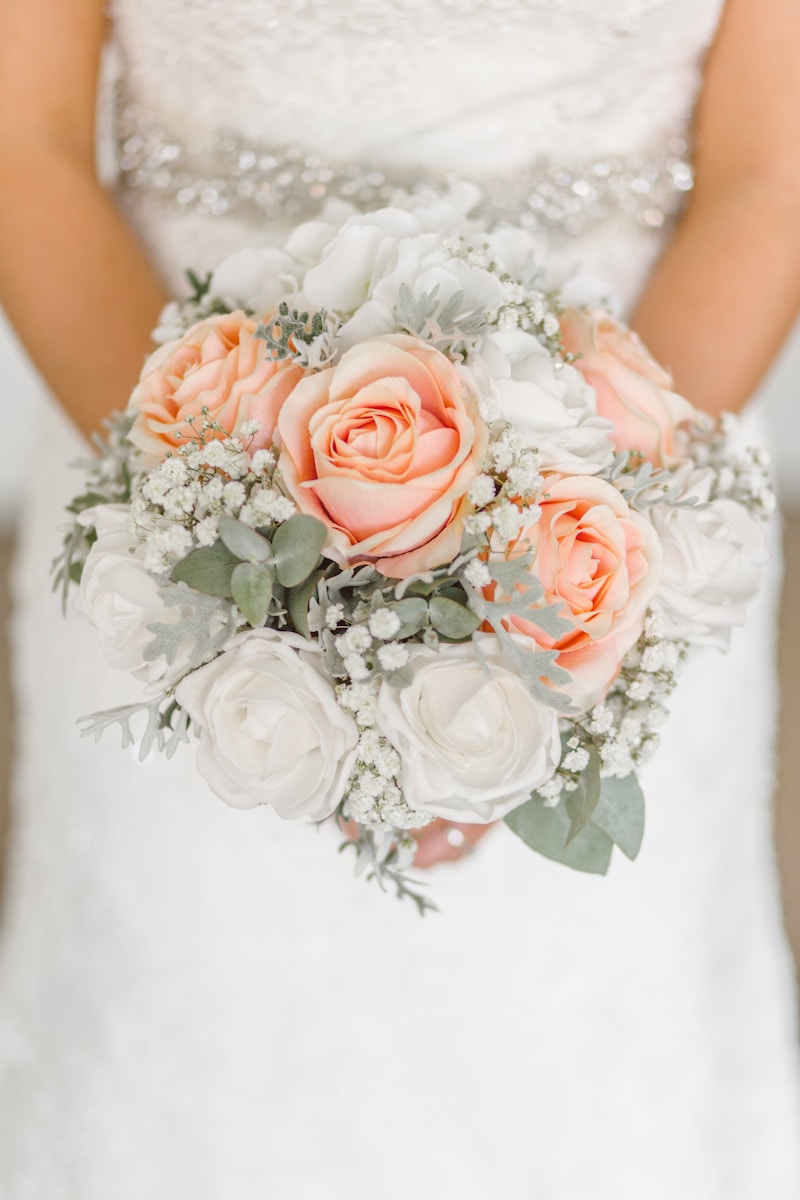Exploring Cultural Influences on Classic Wedding Styles: A Global Perspective
Weddings are one of the most significant events in a person’s life, often celebrated with a distinct style that reflects cultural heritage and traditions. As we explore the various wedding styles around the globe, we uncover the influence of cultural backgrounds, historical contexts, and societal norms on these celebrations. This article dives deep into the diverse factors shaping Classic Wedding styles, emphasizing the importance of understanding cultural influences when planning weddings.
The Intersection of Culture and Wedding Traditions
Wedding styles vary greatly depending on cultural influences. Each region of the world has its unique customs, attire, and rituals. Understanding these diverse elements not only enhances the beauty of a wedding but also enriches the experience for those involved. Below are some prominent cultural influences on Classic Wedding styles worldwide:
| Region | Cultural Influence | Typical Elements |
| Western Cultures | Christian traditions | White dresses, church ceremonies, reception parties |
| Indian Subcontinent | Hindu and Sikh traditions | Colorful saris, elaborate rituals, music and dance |
| Chinese Culture | Confucian values | Red dresses, tea ceremonies, dragon and phoenix symbolism |
| Middle Eastern Cultures | Islamic customs | Lavish celebrations, lavish attire, family gatherings |
| Latin America | Spanish and indigenous influences | Vibrant colors, traditional dances, mariachi music |
How History Shapes Wedding Customs
Historical events and societal changes have played a vital role in shaping wedding customs. For instance, the establishment of royalty led to opulent weddings characterized by grand venues and extravagant decorations. In contrast, the rise of feminism has encouraged more personalized wedding styles that prioritize individual expression over traditional expectations.
Western Weddings: A Blend of Tradition and Modernity
In Western cultures, wedding styles have evolved significantly. The classic white gown, popularized by Queen Victoria in the 19th century, is still a favored choice among brides today. Modern couples are now incorporating unique elements such as personalized vows, themed decor, and inclusive practices that honor diverse backgrounds.
Indian Weddings: A Festival of Colors and Traditions
Indian weddings are known for their vibrant hues, elaborate ceremonies, and rich cultural rituals. With pre-wedding events such as mehndi (henna application) and sangeet (musical night), these celebrations last several days. The significance of specific colors and symbols is deeply rooted in Indian culture, making each wedding unique and meaningful.
Chinese Weddings: A Celebration of Family and Prosperity
Chinese weddings are steeped in traditions that emphasize family and prosperity. The color red, symbolizing good fortune, dominates the bridal attire. The tea ceremony, where the couple serves tea to their elders as a sign of respect, is a vital part of the celebration. Such customs reflect Confucian values that prioritize familial bonds and societal harmony.
Middle Eastern Weddings: Elegance and Unity
Middle Eastern weddings are characterized by their splendor and lavishness. Rituals often include the signing of a marriage contract and festive gatherings. The bride and groom typically wear intricate, beautifully designed garments that showcase cultural heritage. Celebrations are centered around family, creating a sense of unity that is central to the event.
Latin American Weddings: A Joyful Fiesta
In Latin America, weddings are vibrant social events that celebrate life and love through music, dance, and colorful decorations. Traditional customs vary by country, yet they all emphasize joyful festivities. Weddings often include traditional dances such as the mariachi, adding a lively atmosphere to the celebration.
Trends in Wedding Styles Influenced by Culture
As society evolves, so do wedding trends. Couples are increasingly seeking ways to blend their cultural backgrounds into their wedding celebrations. This trend not only honors their heritage but also reflects the changing dynamics of modern relationships. Here are some popular trends that have emerged:
- Destination Weddings: More couples are opting to host destination weddings that incorporate local cultural elements, offering a unique blend of tradition and adventure.
- Eco-friendly Weddings: With growing awareness of environmental issues, many couples are choosing sustainable wedding practices that respect nature while celebrating their love.
- Cultural Fusion: Couples from different cultural backgrounds are creating fusion weddings, combining elements from both cultures to create a unique and personalized celebration.
Conclusion: Embracing Cultural Diversity in Wedding Styles
Exploring cultural influences on Classic Wedding styles illuminates the beauty and richness of diversity in wedding traditions. Whether it’s the elegant white gown of a Western bride or the colorful saree worn by an Indian bride, each style tells a story rooted in cultural heritage and personal choice. As couples navigate their wedding planning, understanding and honoring these influences can lead to a more enriching and meaningful celebration.
Recommendations: When planning a wedding, consider including elements that reflect your cultural background and personal stories. Collaborating with family members to incorporate traditional customs can create a sense of unity and continuity. Moreover, stay open to exploring diverse influences and trends that resonate with your values and aesthetic preferences.
